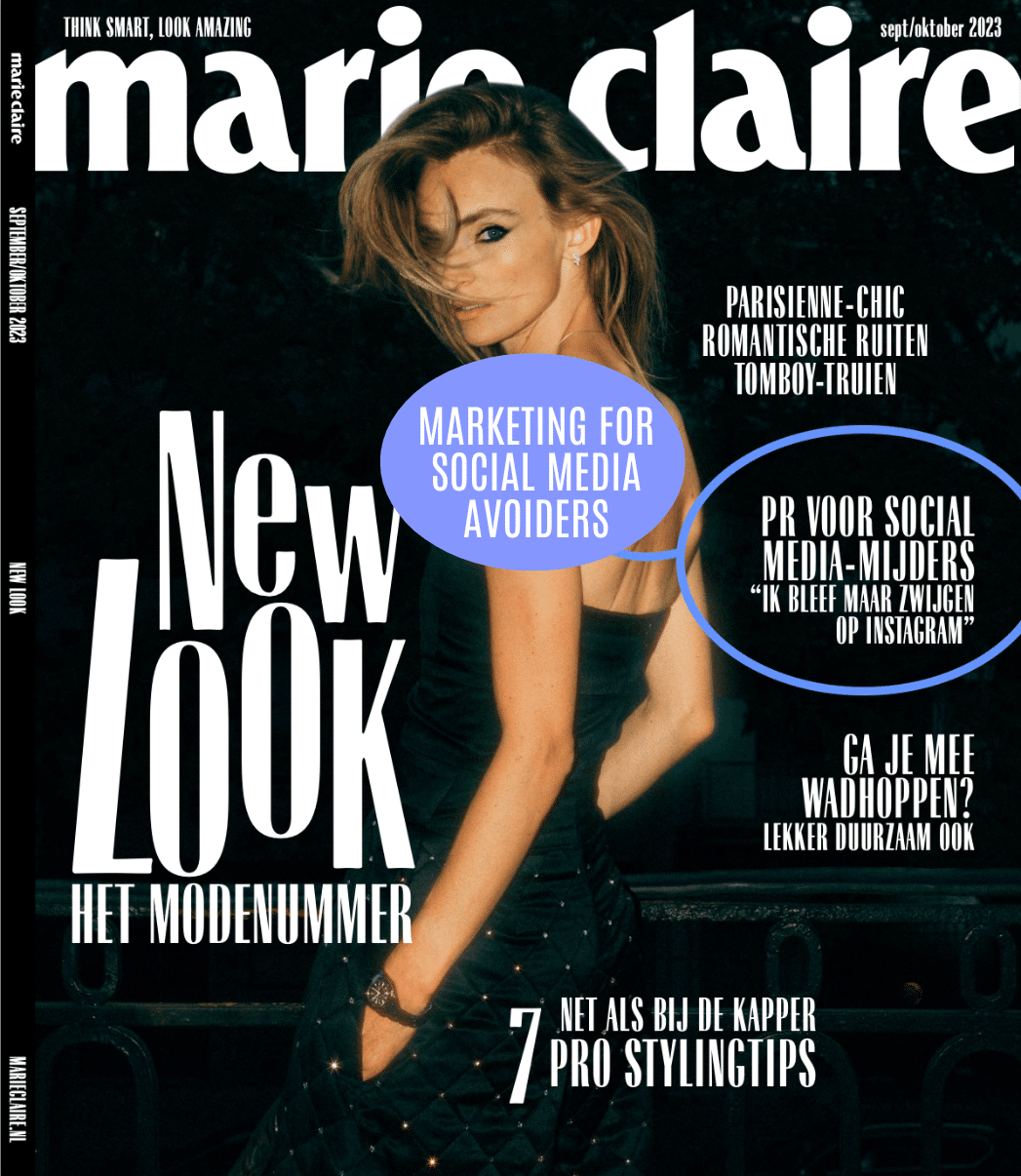
 read the Dutch version – interview starts after the big image
read the Dutch version – interview starts after the big image
“How visible do I want to be?”
Most entrepreneurs who come to me, however, tend to fawn. The idea behind this is: if I say exactly what others want to hear, everything will be fine. They want to avoid sharing things that can lead to rejection from others. But with both fight and fawn, you do not communicate from your authentic self. It puts a layer over who you really are and what you have to share with the world. Marketing from the trauma response can be very tiring, because you are constantly trying to be as accessible as possible (fawning) or as original as possible (fighting).»
Ayla has advice for those
who want to change this:
![]()
![]()
II – marketing & human design
![]()
![]()
notes
1 – heading + quotes added by me
2 – removed the first two intro paragraphs for reading smoothness
3 – translation = a collab between Google translate & me
(it’s not outstanding, but also not too bad)